Minister compares Delhi to ‘gas chamber’ as pollution crisis worsens
Planes diverted due to thick brown smog hovering over city
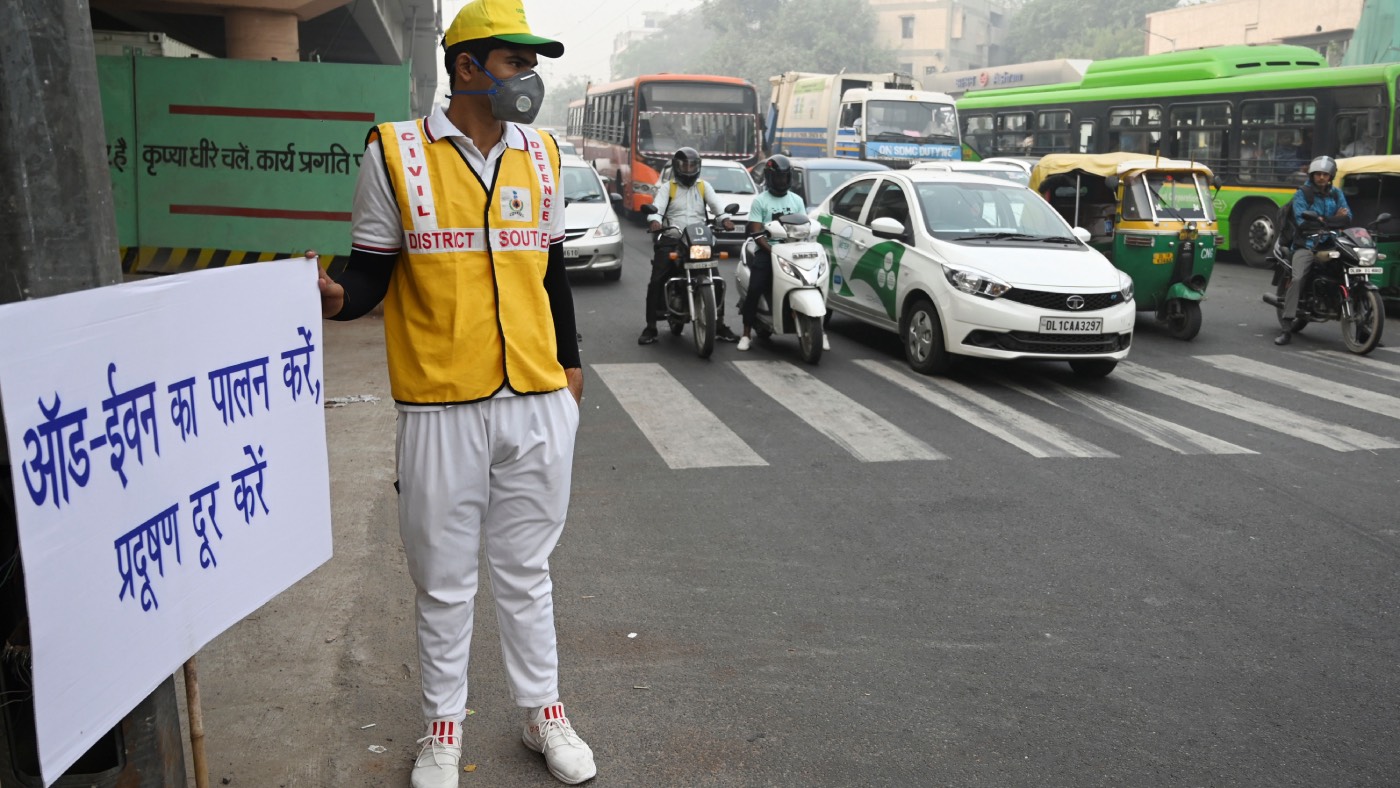
Planes are being diverted away from Delhi as pollution reaches almost 400 times the level deemed healthy, leading one minister to compare the city to a “gas chamber”.
A week after Diwali, the thick brown smog that covered Delhi has yet to shift. Visibility became so poor that more than 30 flights have been redirected from the airport and doctors have seen a spike in patients with respiratory related issues.
This prompted Delhi's Chief Minister Arvind Kejriwal to tweet that the city had been turned into a “gas chamber”.
The Week
Escape your echo chamber. Get the facts behind the news, plus analysis from multiple perspectives.

Sign up for The Week's Free Newsletters
From our morning news briefing to a weekly Good News Newsletter, get the best of The Week delivered directly to your inbox.
From our morning news briefing to a weekly Good News Newsletter, get the best of The Week delivered directly to your inbox.
A public health emergency was declared on Friday and yesterday the air quality index measured over 900 in some areas, far exceeding the level of 25 deemed safe by the World Health Organisation, and well above even the 500 mark deemed “severe plus”. India Today reports that “a thick blanket of smog engulfed several parts of the national capital” today.
The Guardian says the air pollution crisis is now “an annual tradition” in Delhi at this time of year, because of a perfect storm of smoke from festive firecrackers, the incineration of crop stubble by farmers in neighbouring regions, and a cold shift in temperatures “locking in the fumes”.
–––––––––––––––––––––––––––––––For a round-up of the most important stories from around the world - and a concise, refreshing and balanced take on the week’s news agenda - try The Week magazine. Get your first six issues for £6–––––––––––––––––––––––––––––––
Schools are closing and Rachel Rao, the vice-principal of Queen Mary’s school in Delhi, said: “Over the past 10 years the situation has been getting worse”.
A free daily email with the biggest news stories of the day – and the best features from TheWeek.com
“The past few days have been absolutely awful. We have seen many of our pupils falling sick and complaining of having difficulty breathing.”
Many locals are demanding stronger measures to tackle crop burning, which is estimated to cause 44% of Delhi’s pollution. Satellite imaging showed more than 3,000 incidents of stubble burning in neighbouring states last week.
New Delhi is home to more than 18 million people and 8.8 million registered motor vehicles -more than any other Indian city, CNN says.
According to the United Nations, 14 out of 15 of the world’s most polluted cities are in India. A study released last week by the Energy Policy Institute at the University of Chicago found that the life expectancy of people living in the Indian states of Bihar, Chandigarh, Delhi, Haryana, Punjab, Uttar Pradesh and West Bengal has reduced by up to seven years due to pollution.
-
 Why don’t humans hibernate?
Why don’t humans hibernate?The Explainer The prospect of deep space travel is reigniting interest in the possibility of human hibernation
-
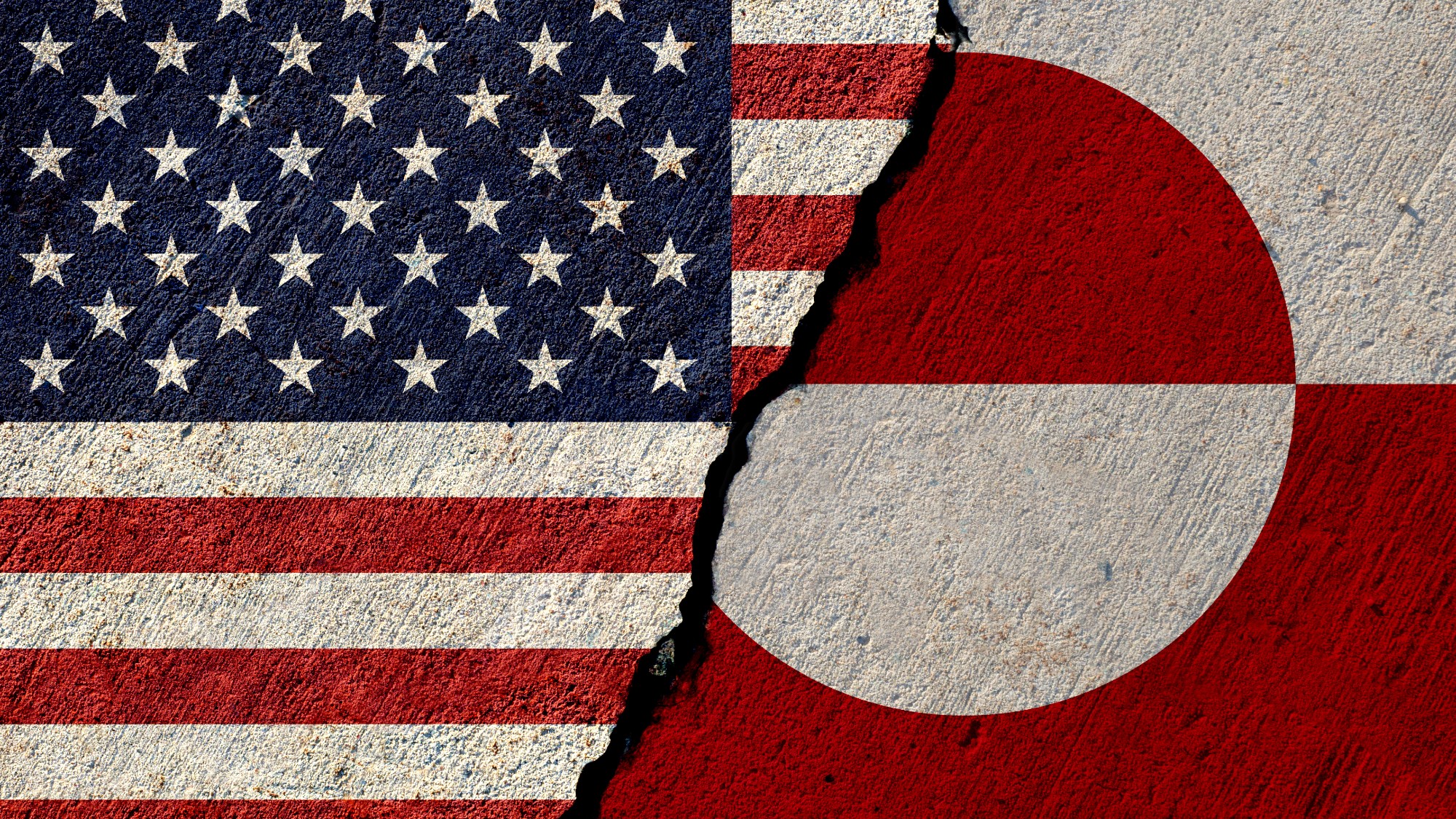 Would Europe defend Greenland from US aggression?
Would Europe defend Greenland from US aggression?Today’s Big Question ‘Mildness’ of EU pushback against Trump provocation ‘illustrates the bind Europe finds itself in’
-
 The rise of runcations
The rise of runcationsThe Week Recommends Lace up your running shoes and hit the trails on your next holiday
-
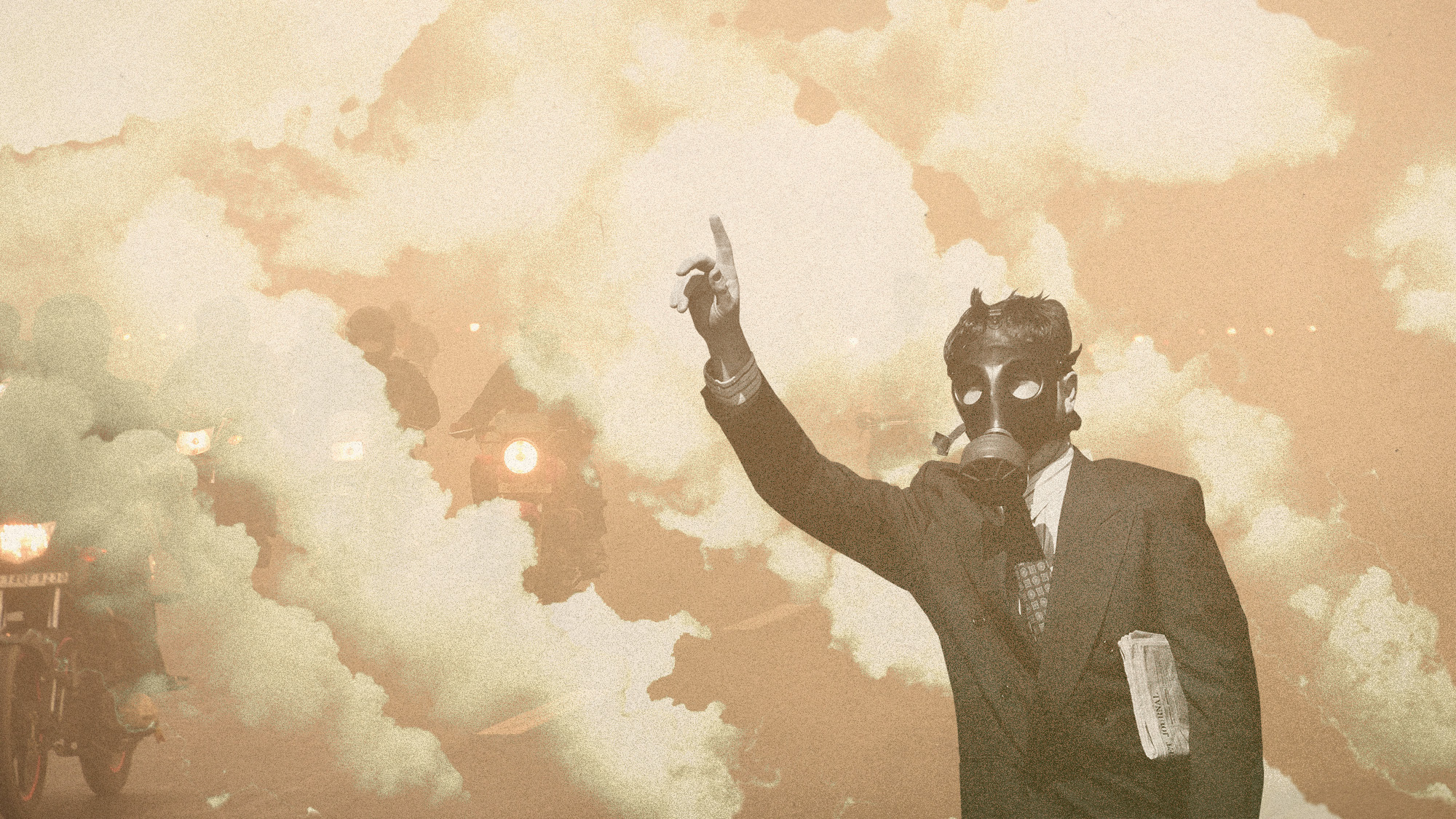 ‘Like a gas chamber’: the air pollution throttling Delhi
‘Like a gas chamber’: the air pollution throttling DelhiUnder The Radar Indian capital has tried cloud seeding to address the crisis, which has seen schools closed and outdoor events suspended
-
 Why is the world so divided over plastics?
Why is the world so divided over plastics?Today's Big Question UN negotiations on first global plastic treaty are at stake, as fossil fuel companies, petrostates and plastic industry work to resist a legal cap on production
-
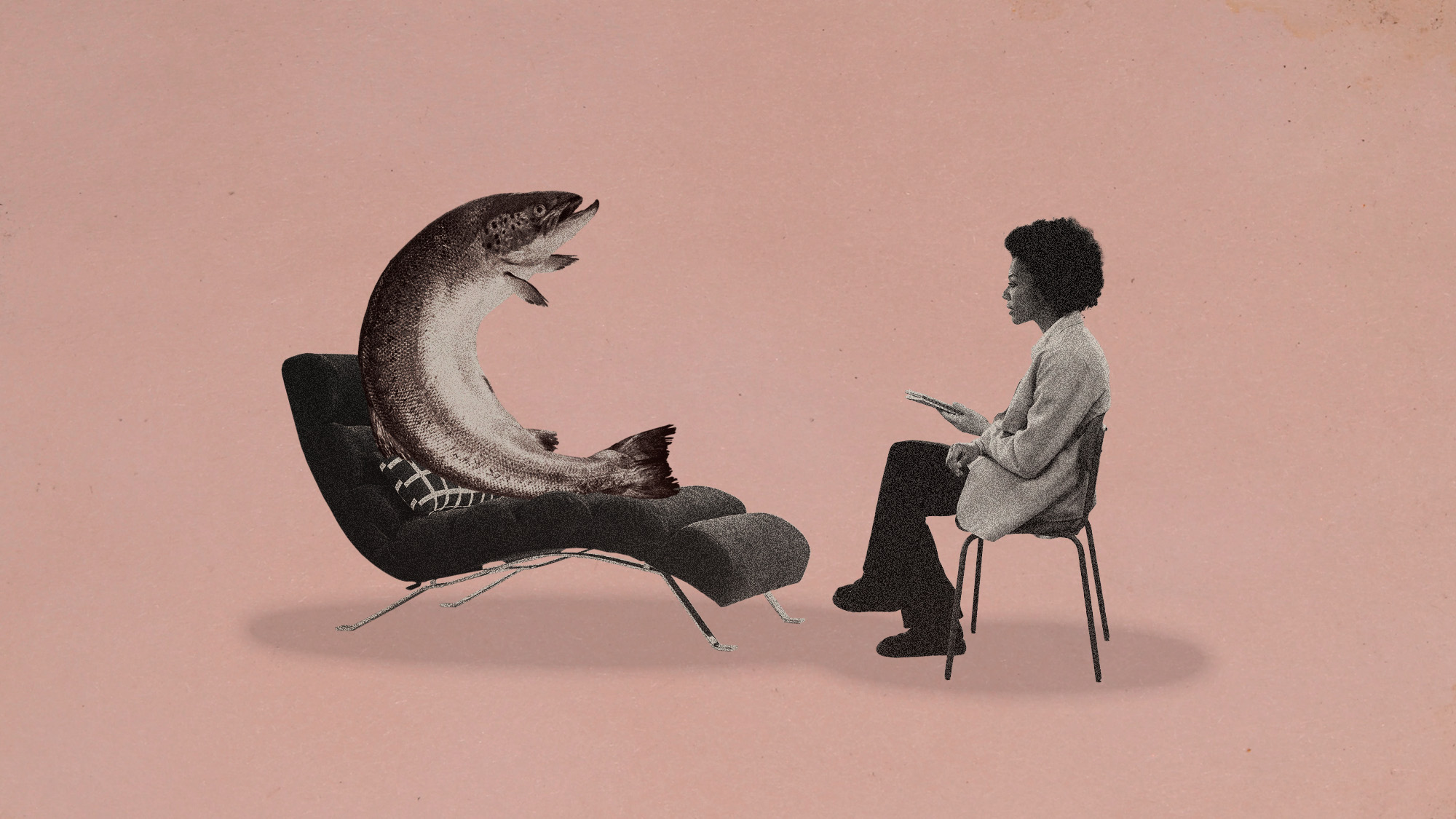 Anti-anxiety drug has a not-too-surprising effect on fish
Anti-anxiety drug has a not-too-surprising effect on fishUnder the radar The fish act bolder and take more risks
-
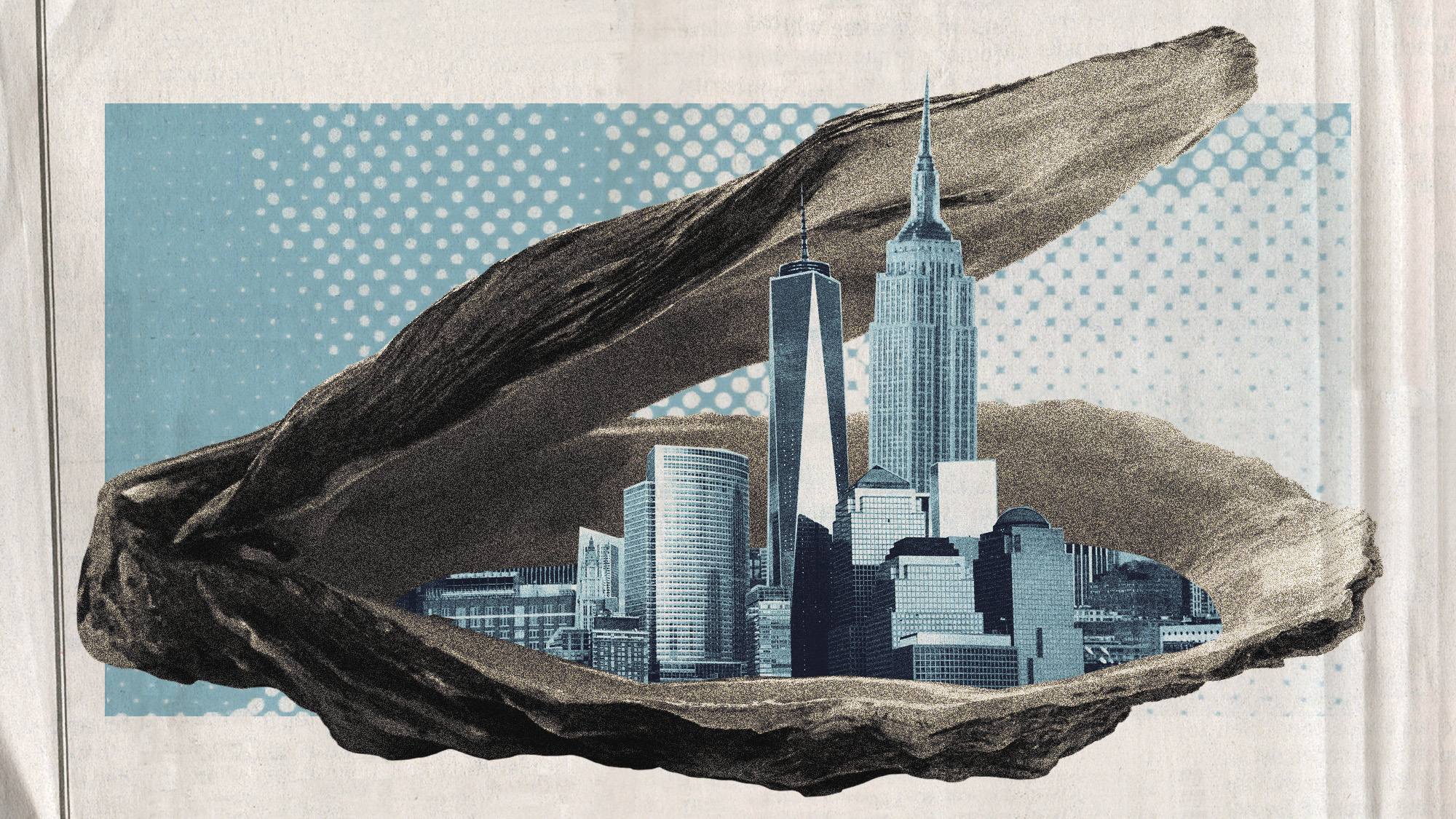 Oysters from New York's past could shore up its future
Oysters from New York's past could shore up its futureUnder the Radar Project aims to seed a billion oysters in the city's waterways to improve water quality, fight coastal erosion and protect against storm surges
-
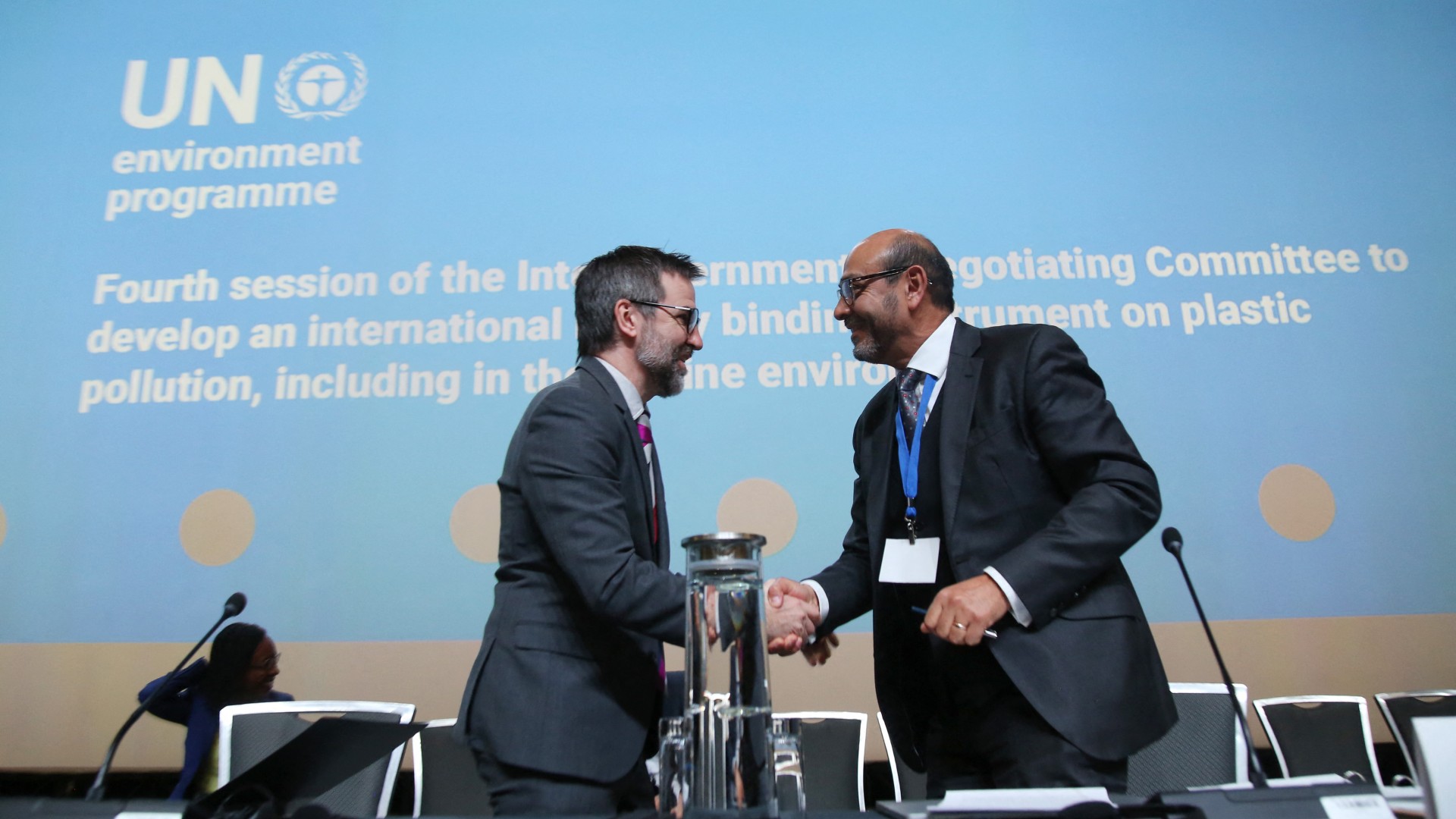 Ottawa climate talks: can global plastic problem be solved?
Ottawa climate talks: can global plastic problem be solved?In the Spotlight Nations aim to draft world's first treaty on plastic pollution, but resistance from oil- and gas-producing countries could limit scope
-
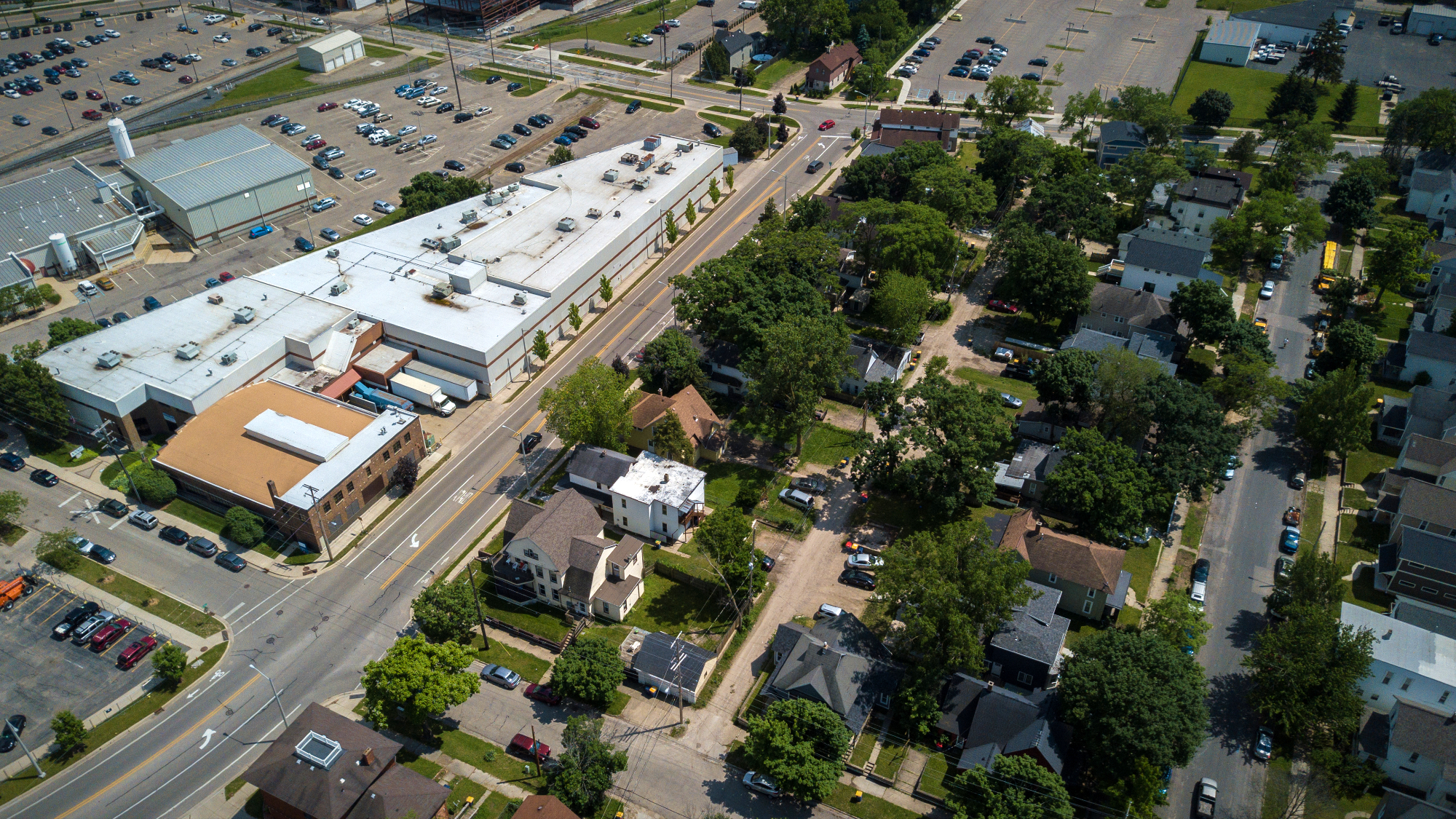 EPA limits carcinogenic emissions at 218 US plants
EPA limits carcinogenic emissions at 218 US plantsSpeed Read The new rule aims to reduce cancer-causing air pollution in areas like Louisiana's 'Cancer Alley'
-
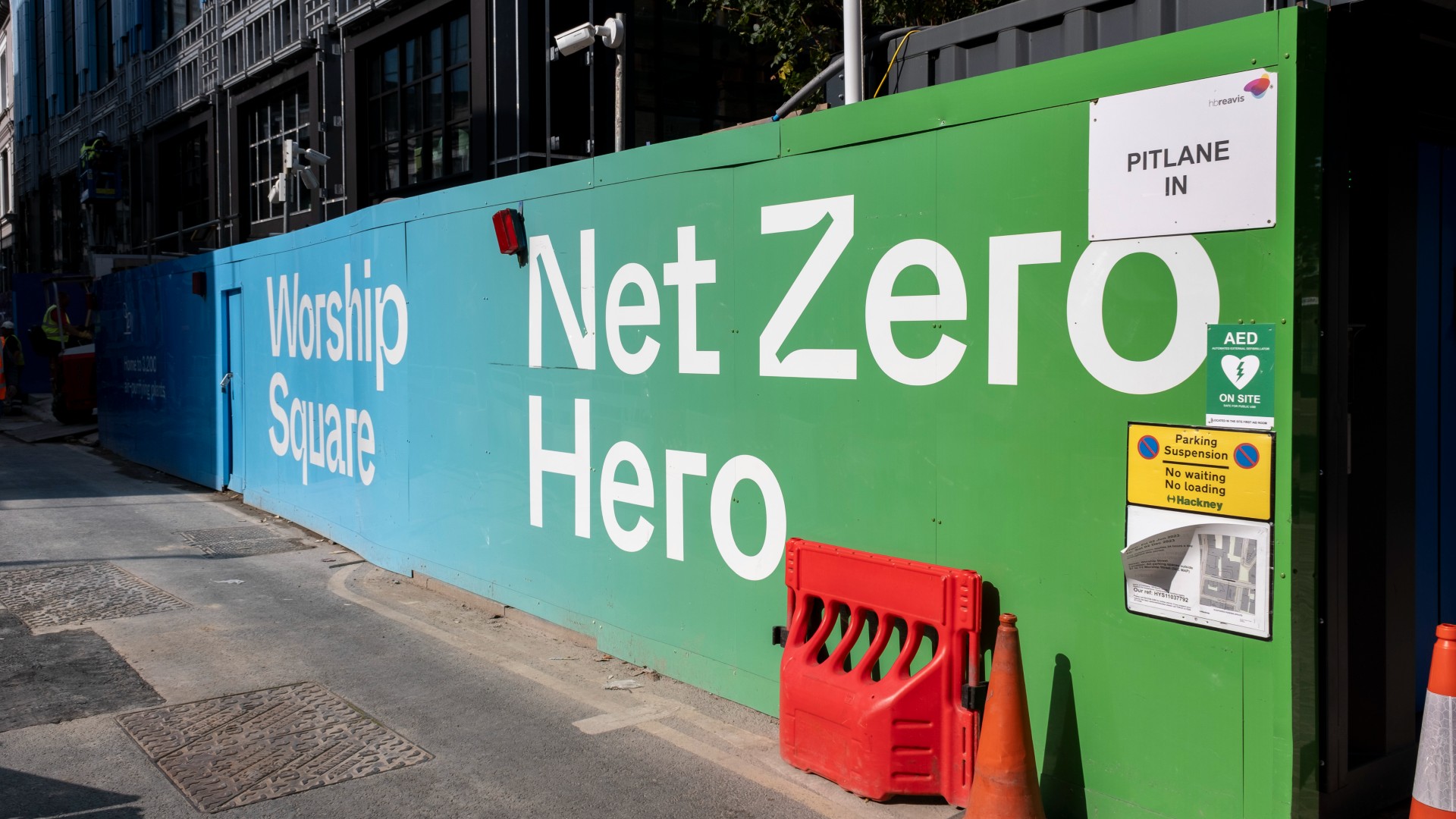 The push for net zero
The push for net zeroThe Explainer Britain has committed to reaching net-zero carbon emissions by 2050. What will this involve?
-
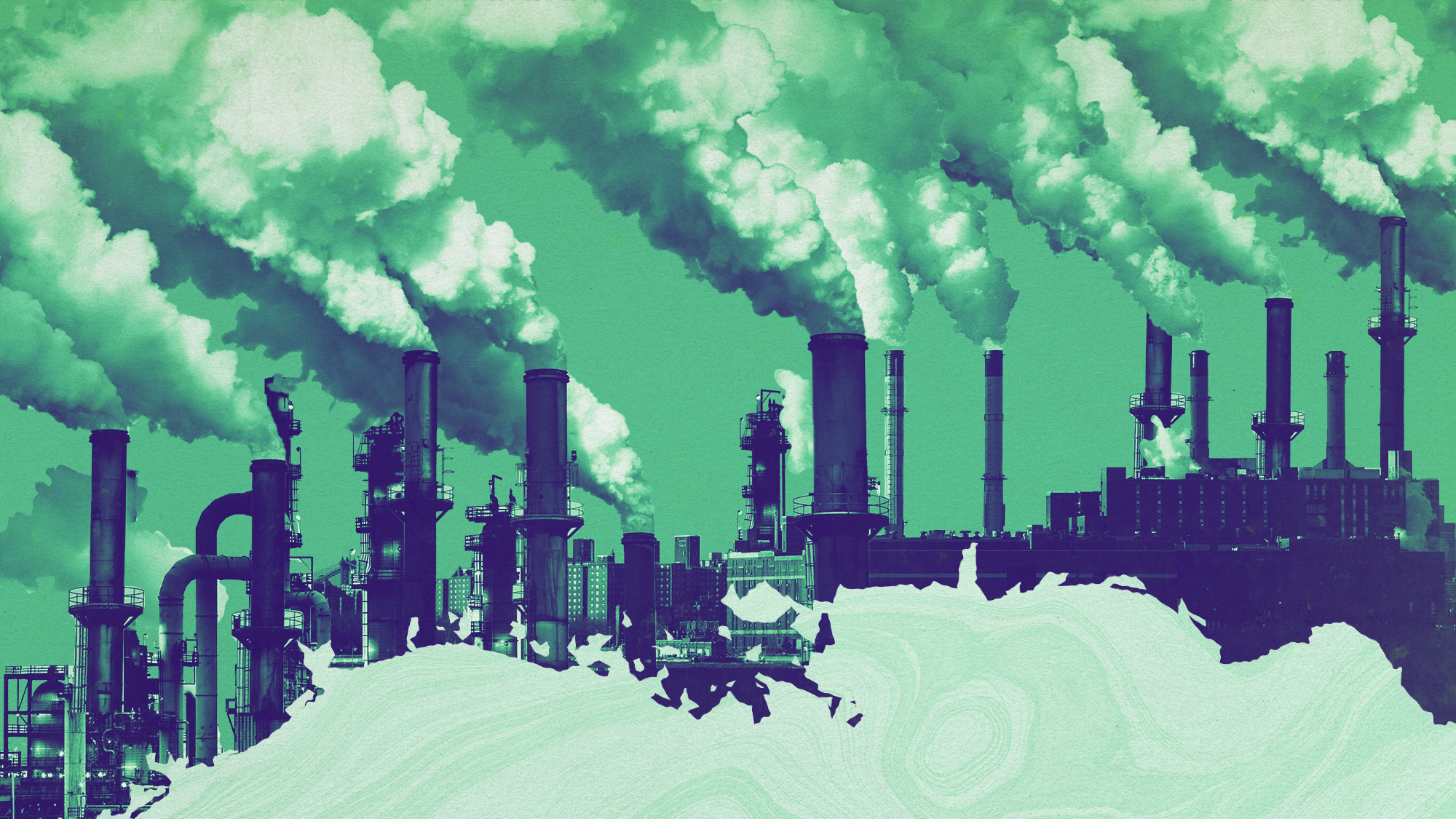 Poor pollution regulation (still) impacts the lives of Gulf Coast residents
Poor pollution regulation (still) impacts the lives of Gulf Coast residentsUnder the Radar Many people in the region are experiencing health problems as a result of nearby refineries